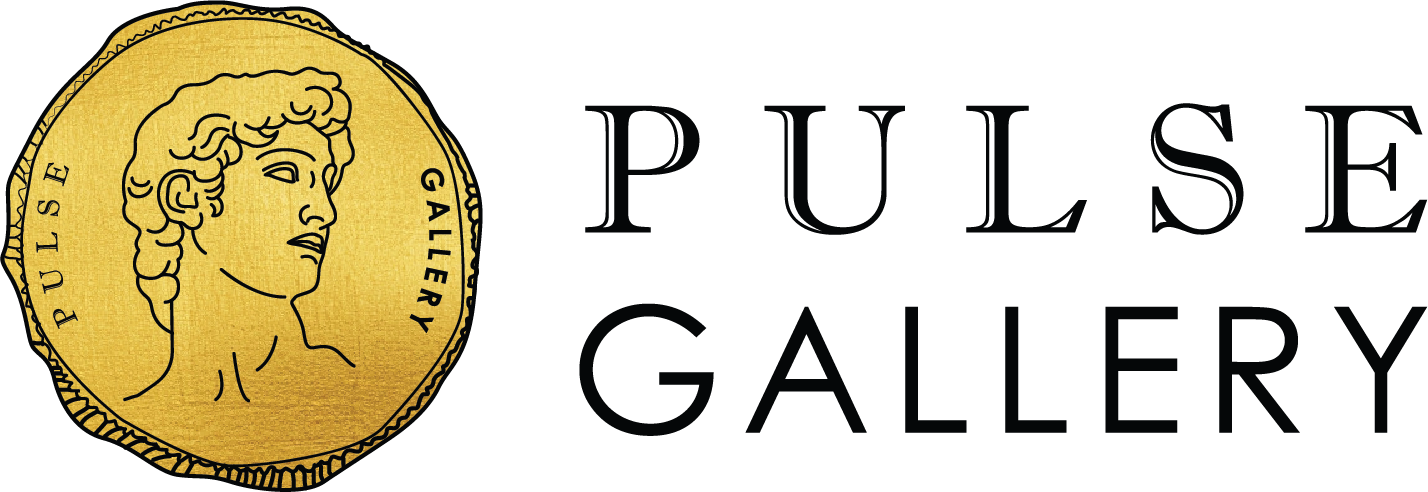Epstein-Barr Virus (EBV) Antibody Profile, Serum
25
Detects infectious mononucleosis when screening is negative but EBV infection or complications are suspected.

OVERVIEW
Epstein-Barr virus (EBV), a herpesvirus responsible for infectious mononucleosis, is difficult to diagnose because it doesn't grow in standard cultures. Diagnosis typically relies on serum tests for heterophile antibodies, which decrease after about three weeks, but 10% of adults, and most children and infants, don't produce these antibodies. In such cases, diagnosis depends on EBV-specific antibody profiling, including tests for VCA IgM, VCA IgG, and EBNA. EBV spreads via respiratory secretions and is associated with various conditions, including infectious mononucleosis, Burkitt lymphoma, nasopharyngeal carcinoma, and lymphoproliferative syndromes in transplant and AIDS patients.
METHOD NAME
Multiplex Flow Immunoassay (MFI) or Enzyme-Linked Immunosorbent Assay (ELISA)
AVAILABILITY
TBC
REPORTING NAME
EBV Ab Profile, S
ALIASES
Anti EBV Serology
E. B. (Epstein-Barr) Virus
EBNA (Epstein-Barr Nuclear Antigen)
EBV (Epstein-Barr Virus) Battery
EBV (Epstein-Barr Virus) Panel
EBV (Epstein-Barr Virus)
EBV Panel, Serum
Epstein Barr Virus
Epstein-Barr Virus AB
Epstein-Barr Virus Battery
Epstein-Barr Virus Panel
VCA (Viral Capsid Antigen) IgG and IgM
Viral Capsid Antigen (VCA) Titer
Infectious Mononucleosis
EBV Ab, Serum
SEBV
Trust PULSE CLINIC to take care of your health like other 45000 people from over 130 countries. We provide discreet professional service with high privacy. Here to help, not to judge.
SPECIMEN TYPE
Serum
SHIPPING INSTRUCTIONS
TBC
SPECIMEN REQUIRED
Collection Container/Tube:
Preferred: Serum gel
Acceptable: Red top
Submission Container/Tube: Plastic vial
Specimen Volume: 1 mL
Collection Instructions: Centrifuge and aliquot serum into a plastic vial.
Trust PULSE CLINIC to take care of your health like other 45000 people from over 130 countries. We provide discreet professional service with high privacy. Here to help, not to judge.

